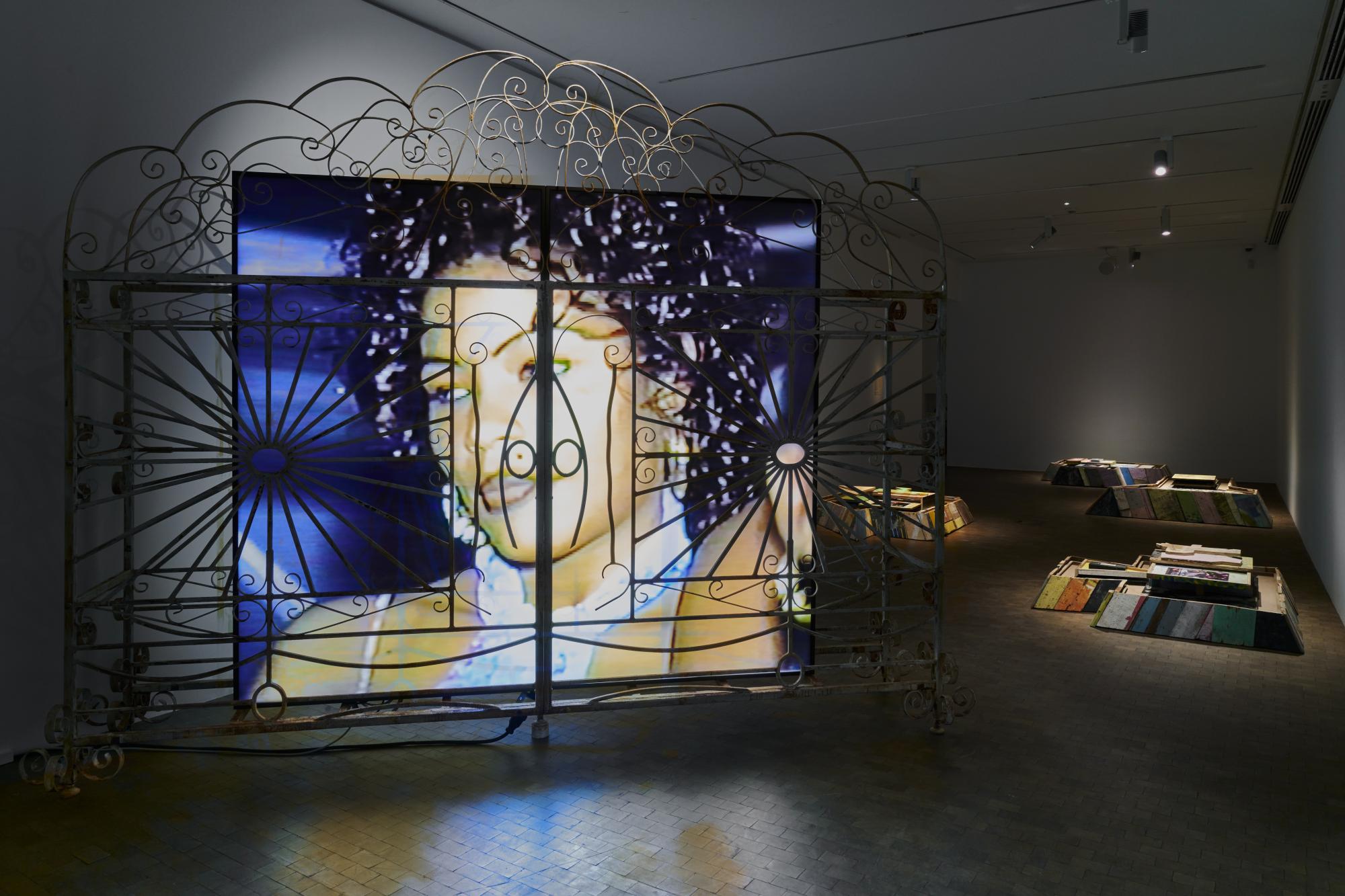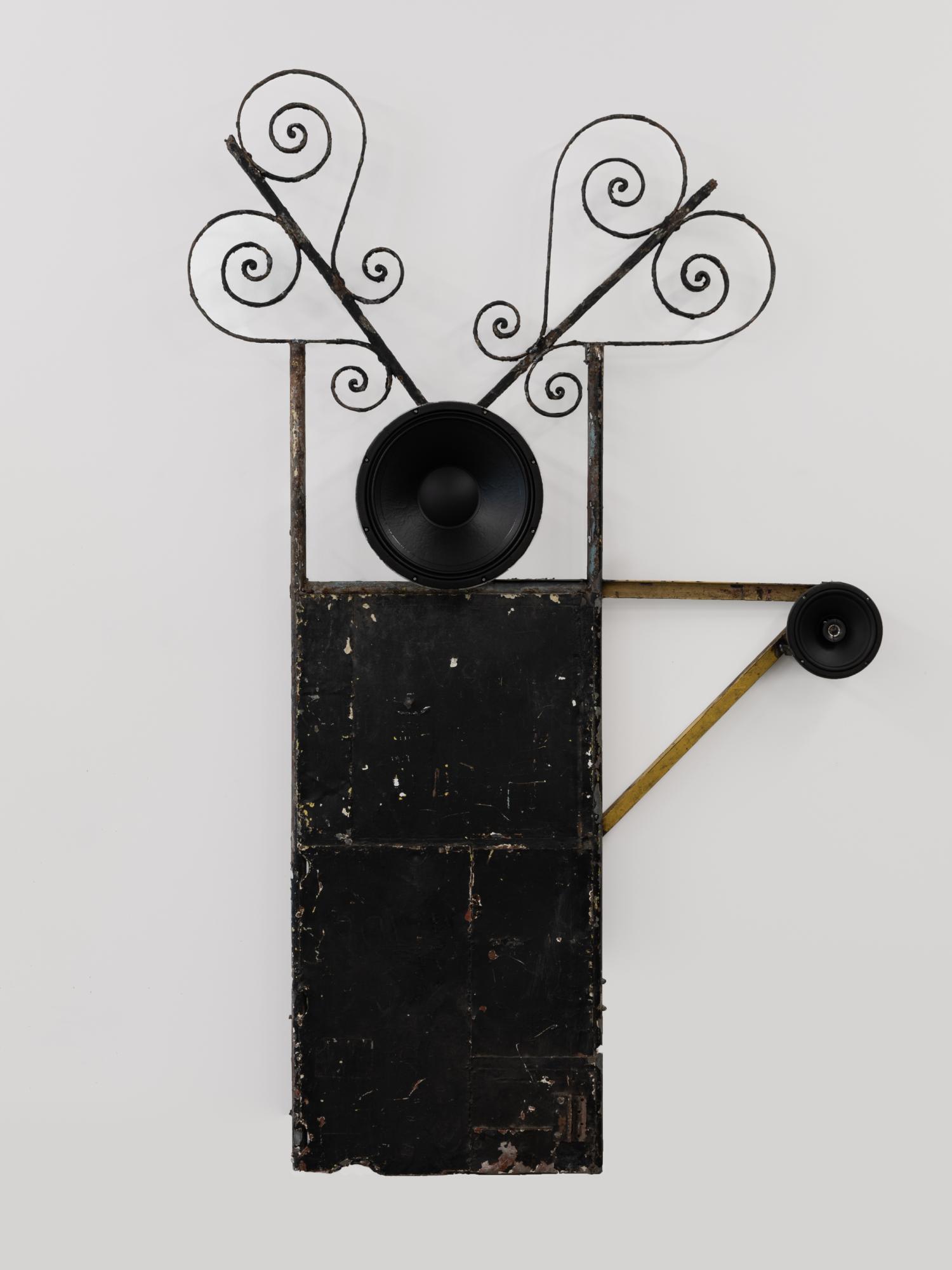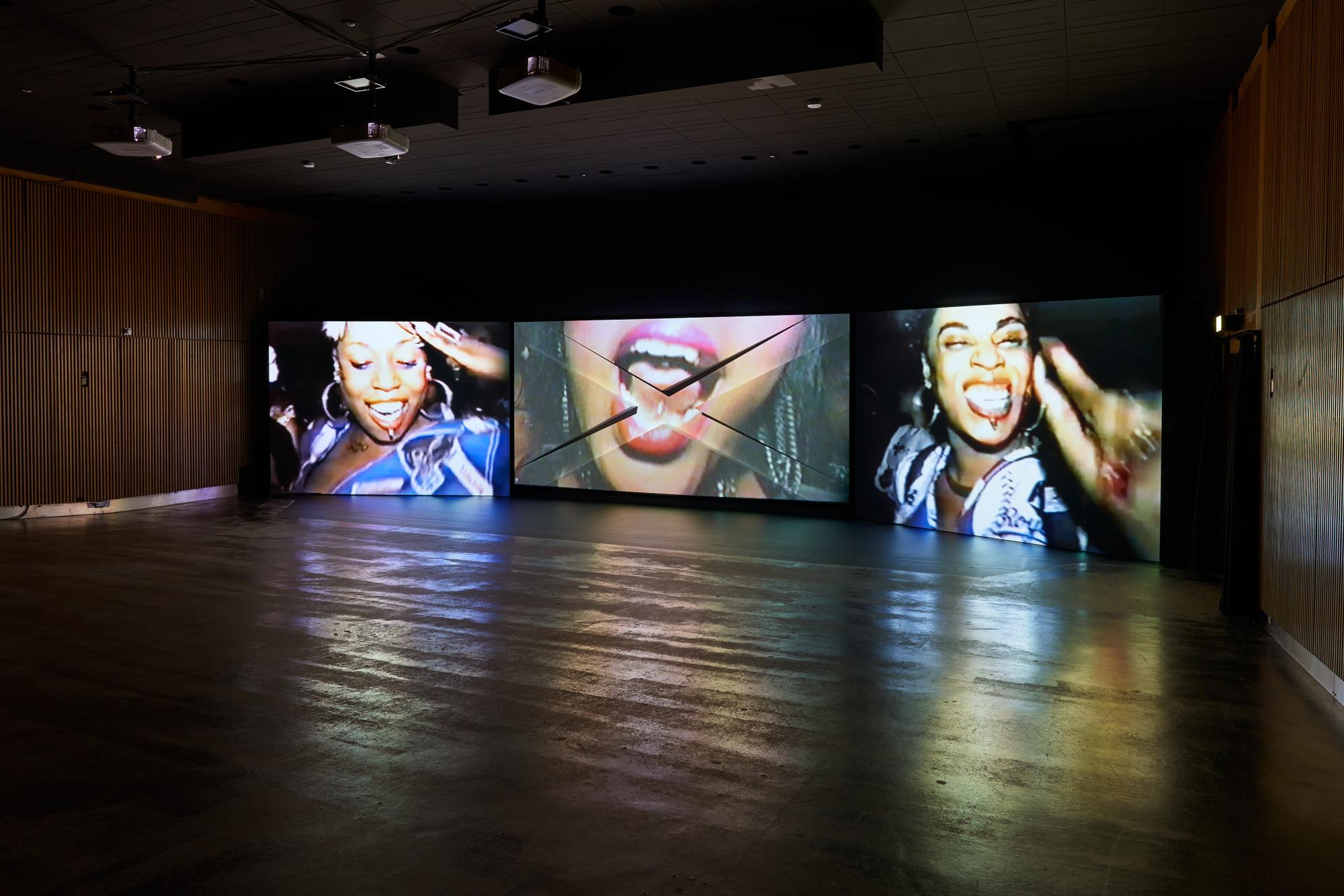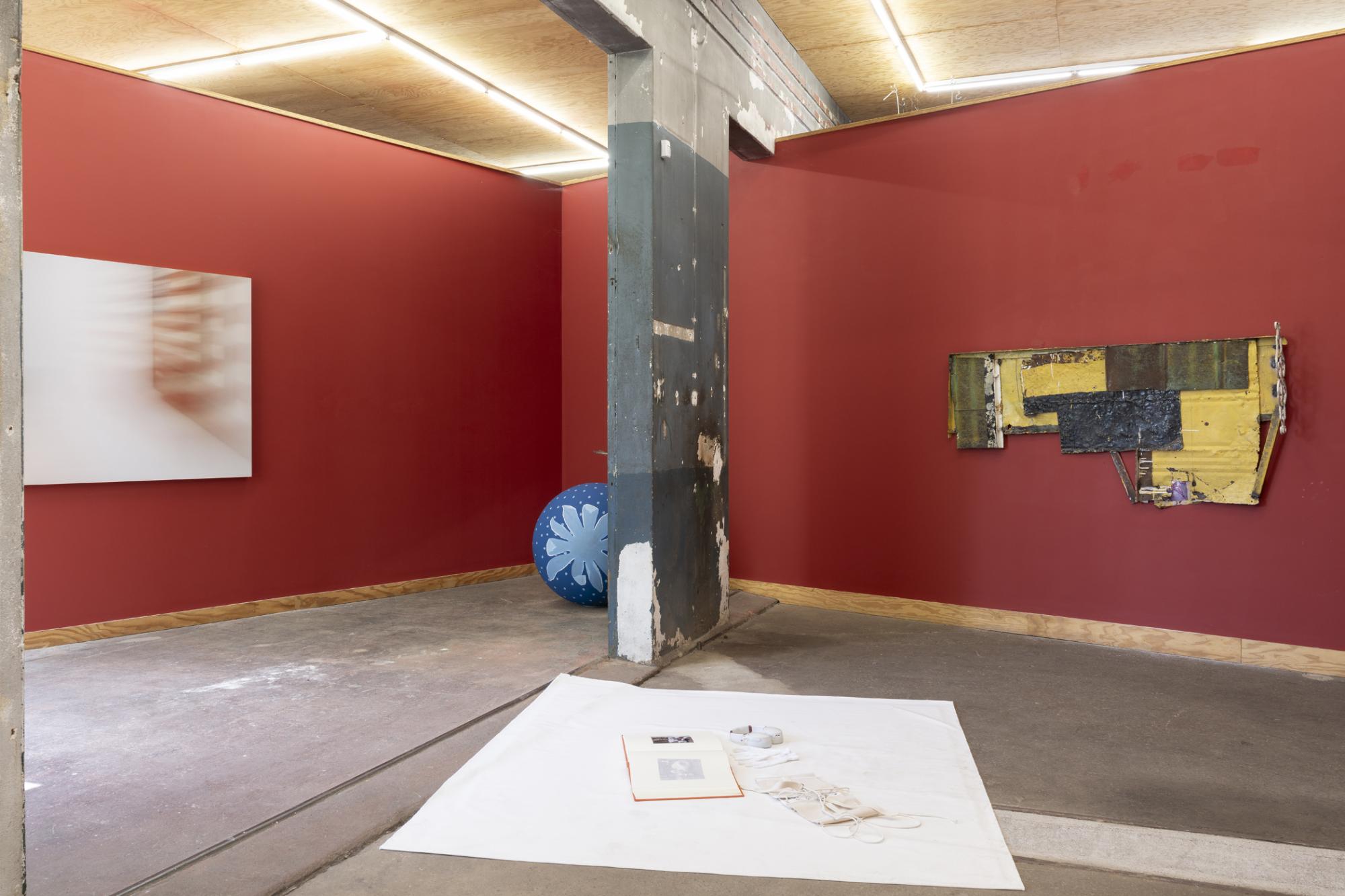SOPHIE TAPPEINER curated by Kyle Thurman
„DOVECOTE“

www.sophietappeiner.com
Curator(s):

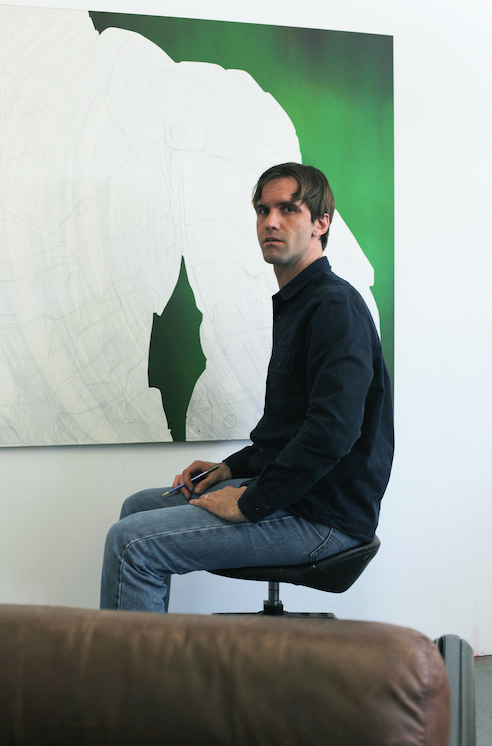
Artist(s):
-
Akeem Smith MoreAkeem Smith is a Philadelphia based multimedia artist working in sculpture and video. He was born in Brooklyn, NY in 1991, and raised in the Waterhouse district of Kingston, Jamaica. Throughout his career, Smith has flattened the distinctions between conceptual art, fashion, and anthropology, in a pursuit to push up against the ideals of western cultural iconography. At the core of his practice is an interest in the economy of image production - in its political, social and commercial forms - and the role of the artist as archivist, intervening in the circulation of knowledge and cultural preservation. Recent exhibitions include SOUNDCLASH (2024) at Heidi Gallery, Berlin, Unbound: Performance as Rupture (2023) at Julia Stoschek Foundation, Berlin, and One Last Cry (2023) curated by Rebecca Lamarche Vadel at Lafayette Anticipations, Paris.
Exhibition text
More
In the context of Curated By, Sophie Tappeiner is pleased to present a solo exhibition by Akeem Smith. Dovecote, curated by Kyle Thurman, is the first exhibition of Smith’s work in Austria. Installed in the exhibition is a single video-construction from Smith’s practice.
In Jamaica, Dovecot Memorial Park is a well-known cemetery located west of Kingston in Spanish Town, Saint Catherine Parish. It has been operated for over 70 years by Madden’s Funeral Home & Crematorium. Madden’s Funeral Home & Crematorium was founded in the 1930’s by Jamaican-born Leslie Ferdinand Madden and is currently a fourth generation family-operated business based in Kingston.
In architectural terms, a ‘dovecote’ can be a functional and/or a decorative structure intended to house pigeons or doves. Holes in the brick or stone facade allow for birds to enter and nest within the structure. A dovecote can be a free-standing structure or it can be a feature that is integrated into the design of a house or barn. Dating back to the medieval period in Europe, dovecotes served as symbols of class status and signs of power. Through the seventeen century, only citizens who were considered members of the aristocratic class had the right to keep doves on private property.
Beginning in 2008, Akeem Smith started to accumulate a substantial archive of Jamaican dancehall culture that focused on hundreds of hours of VHS tape and DVD footage, along with photographs and newspaper clippings, documenting parties that happened from the 1980s through the early aughts. Smith was born with intimate connections to this world as his maternal grandmother was the co-owner of a well known nightclub outside of Kingston called LaRoose. This was the location of many parties that appear in Smith’s growing visual archive. On his paternal side, his grandmother and aunt owned the local fashion atelier, House of Ouch, which catered to the dancehall community along with other festive niche markets like cheerleading uniforms. The countless images of this comprehensive visual archive have been shared with Smith by family members and formative members of the community that Smith developed relationships with while growing up in Kingston. Over the last decade, the video footage and photographs have been restored, scanned, organized, and reconfigured into video works and collages that shape Smith’s documentation and preservation of this community history.
In 2010, a critical development in his work occurred when Smith began traveling to Jamaica to collect discarded construction materials from abandoned buildings and salvage yards. Painted sheet metal, plywood, window frames, ornate wrought-iron fencing. Over the last fifteen years, Smith has shipped these weathered fragments from Jamaica to studios in Philadelphia, New York, and Paris where they have been given a new context in his sculptural sites that recall their material origins while also transforming the spaces around them. By framing, supporting, collaging, and obstructing the video and photographic documentation with the collected building materials, Smith has transformed this archive from a purely visual history into a world of structured architectural assemblages. The intentionality of these constructions locates the names and faces present in the videos and photographs to the specific place that they were first captured in.
The work Dovecote, consistent with much of Smiths’s work, contains many layers in its physical materials, in its visual and linguistic information, and in its consideration and celebration of what Smith refers to as “loudness.” At the core of the sculptural construction is a two-sided video screen that plays dance floor footage from the various parties documented within Smith’s VHS and DVD archive. The frames focus on the faces of the women in attendance with each moment of portraiture slowed down to a cadence that recalls image consumption on today’s social media platforms. Each face in the crowd becomes its own prolonged, yet momentary, story. The extended female gaze making viewers hyper aware of their own position in the room as if standing in place of the original cameraperson. Encasing the two-sided video screen is a cage-like structure composed of ornamental wrought-iron fragments that were originally used as window security coverings. A closed gateway, a birdcage, a protective barrier providing safety to the inhabitants of the video imagery. On Jamaican residences, these types of wrought-iron coverings served both as security measures and symbols of class status. The audio that resonates from Dovecote is a compilation extracted from documentation of funeral services for members of the community that Smith’s archive remembers. These particular services proceeded in stark contrast to the services of local elites due to their celebratory nature and the distinct fashions of the dancehall community in attendance.
Akeem Smith often cites the notion of ‘architecture of necessity’ when discussing his work. This is not a term that Smith authored but is one that he investigates and adds new meaning to. ‘Architecture of necessity’ typically refers to a type of ad-hoc building-style that is constructed from one’s surroundings to promote basic survival. For Smith, the necessity of constructing his artwork as a form of archive is the need to preserve and present the specific subjects of this cultural history with a familiar voice that comes from within the community. He often asks himself “if not me, then who?” The layered visual and material fragments create new experiences from this historical archive that ask prescient questions of contemporary sociopolitical conditions. These sculptural sites extend the life of past cultural moments while actively reshaping the contextual environments they are experienced within. For Smith, storytelling is a crucial form of learning and he hopes that his work is not only perpetuating a certain intimate history of a globally influential culture but that it can also be understood as a template for future archival necessities.


